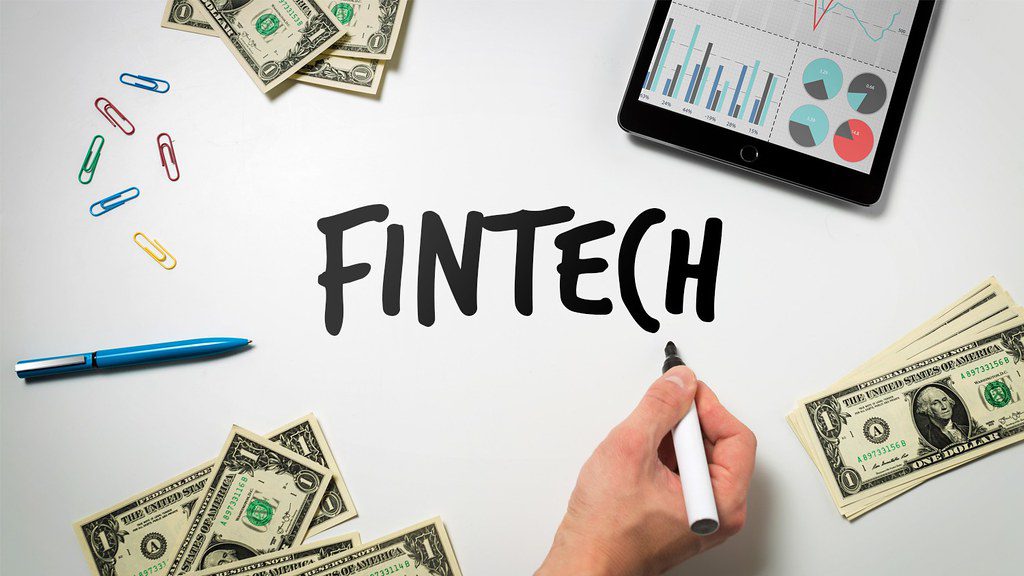
According to a latest report on the trends in the fintech sector, digital savvy Indians have a tendency to choose fintechs over traditional lenders to avoid lengthy paperwork and longer turnaround time for approval for unsecured credit.
“FinTechs were focused on a consumer segment untapped by traditional lenders which aided this rapid growth. Their streamlined loan decision process, combined with alternate data and reliance on latest analytics techniques, helped achieve faster disbursals,” stated a joint report by the Digital Lenders Association of India (DLAI) and TransUnion CIBIL released on Thursday at the DLAI Conclave.
“Fintechs have changed the way consumers acquire credit - shifting away from brick-and-mortar branches to anywhere with smartphone access,” added the report while highlighting the fact that millennials prefer minimum interaction whether it’s about ordering food or a consumer durable product.
This assumes significance as personal loan origination volumes grew 150% year-on-year during 2019 while fintechs grew 650% in the same period. Further, fintechs have expanded their market share to 50% from 10% in the personal loan origination space during the last two years.
The report also highlighted the fact that government initiatives like Jan Dhan Yojana, Aadhar, UPI and GSTN also acted as catalysts for the growth of the fintech sector.
In August 2020, fintechs accounted for 40% of all personal loan origination, which was nearly double that of other categories like non-bank finance companies along with private and public sector banks.
“FinTech NBFCs, that leverage technology and digital channels heavily, have been instrumental in easing and accelerating lending in India by making it convenient and faster for end-consumers to access credit,” said Rajesh Kumar, Managing Director and CEO, TransUnion CIBIL.
Meanwhile, the overall sector was also aided by the growth in business from Tier 2 and Tier 3 cities, which have hitherto remained untapped along with the fact that internet penetration has increased with low-cost or even free service providers that help grow digital financial services.
The report, however, added that while fintech players registered a huge growth, the business largely consisted of small-ticket loans from riskier segments when compared to their traditional peers.
“Banks have generally been lending to consumers in prime and above risk tiers, and those with a relatively stable flow of income, and leveraging their liability base to acquire personal loans. At the same time, fintechs have onboarded consumers with low credit scores and leveraged more alternative data,” stated the report.
This, in turn, has led to a relatively higher delinquent portfolio compared to the traditional peer lenders and though fintech players charge a higher interest rate, the portfolio quality has taken a hit leading to a rise in delinquent accounts after the onset of the pandemic.
“With the onset of the pandemic and the increase in people migrating to their hometowns, collections have become a stressful and challenging activity. Fintechs need to increase focus on collections and build analytics driven models which will help them collect profitably,” said Anurag Jain, President of DLAI and Founder and Executive Director, KredX.
In August 2020, fintechs accounted for 54% of all personal loan origination from below prime risk tier. Their share was pegged at 49% in August 2019.
Going ahead, as per the report, an increasing number of accounts could turn delinquent with the moratorium coming to an end and this in turn could make the collection process more challenging for the fintech players.
“Traditional collection strategies work well for banks due to their superior physical reach, larger team sizes, and multitude and size of loans. Fintech lenders need a different approach. They require policies to implement loan restructuring for consumers based on certain criteria — encouraging consumers to at least partially repay their debts,” stated the report.
Download Whitepaper Here

Post a Comment